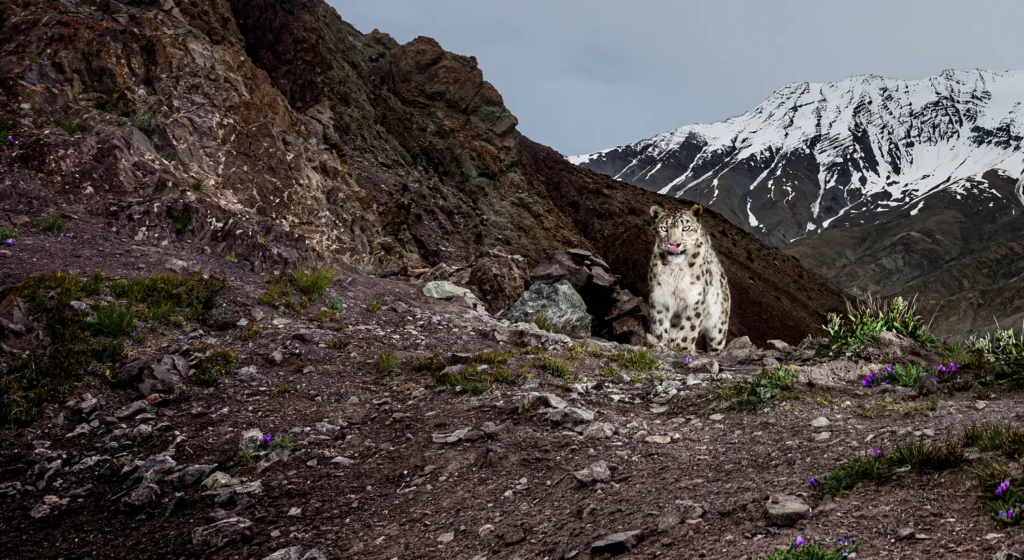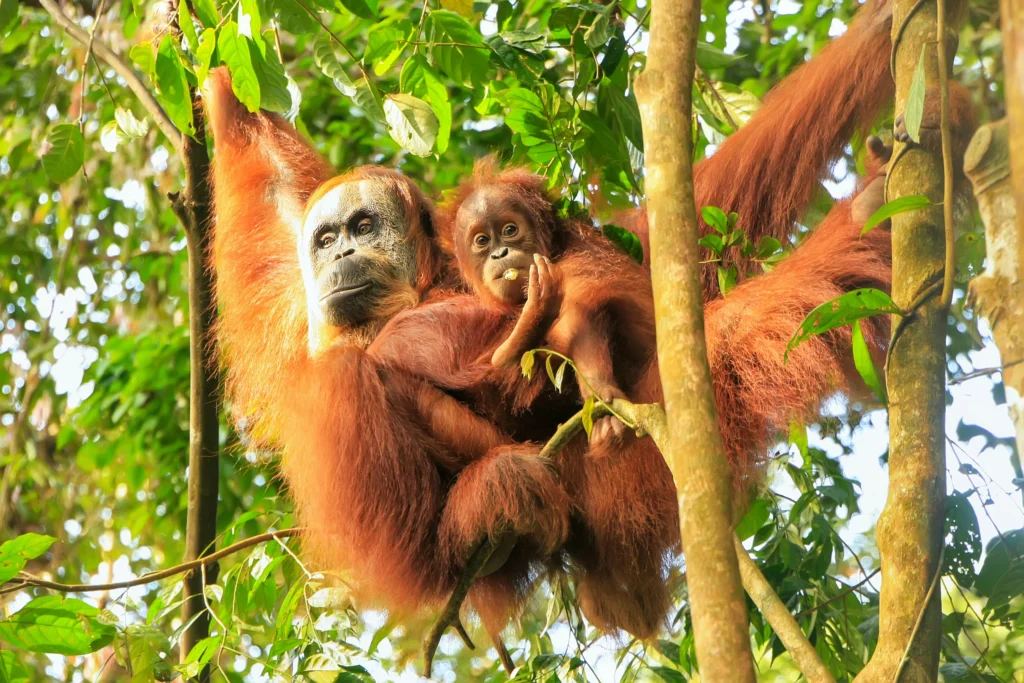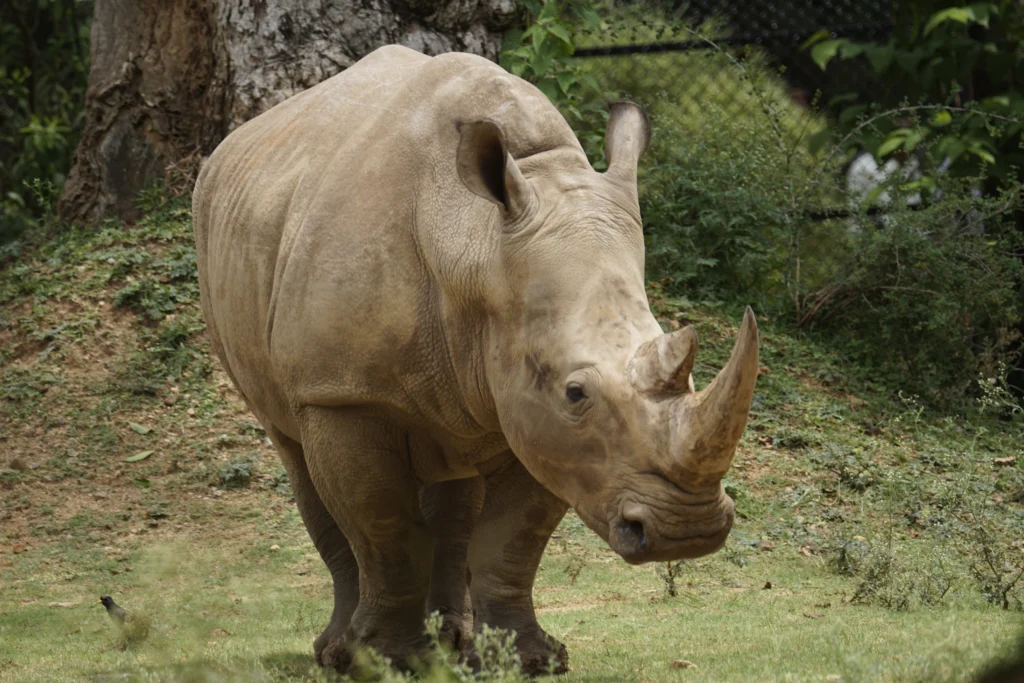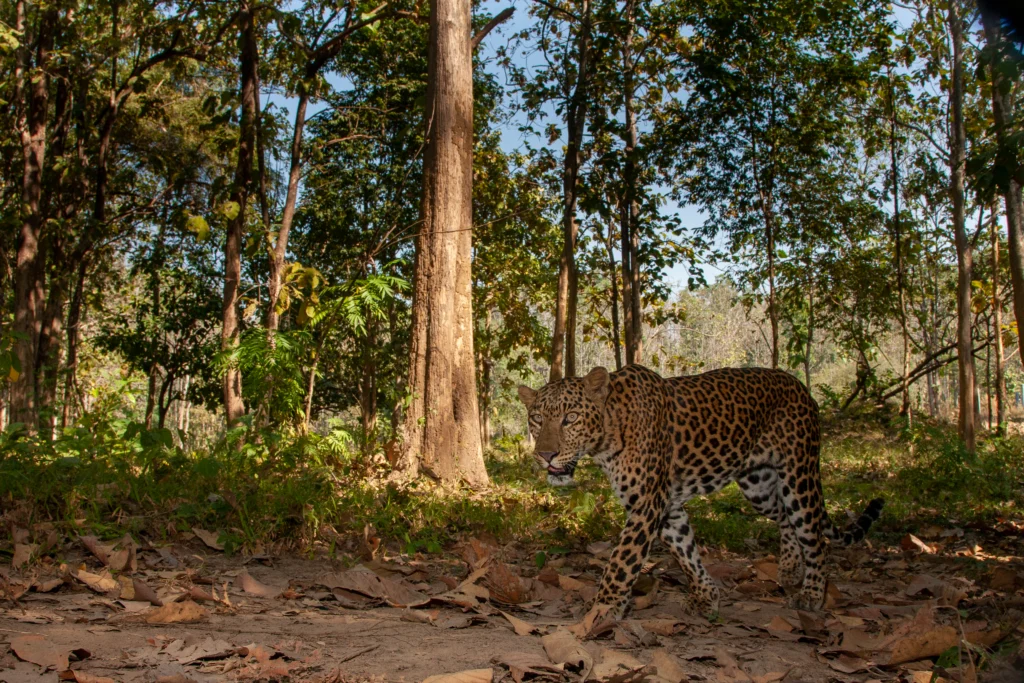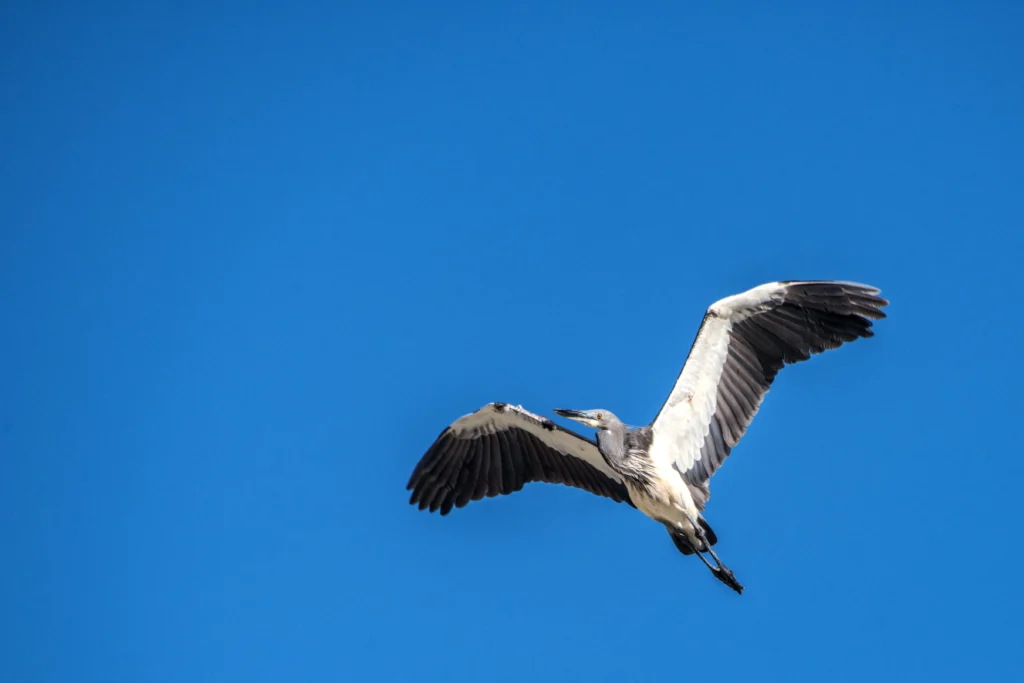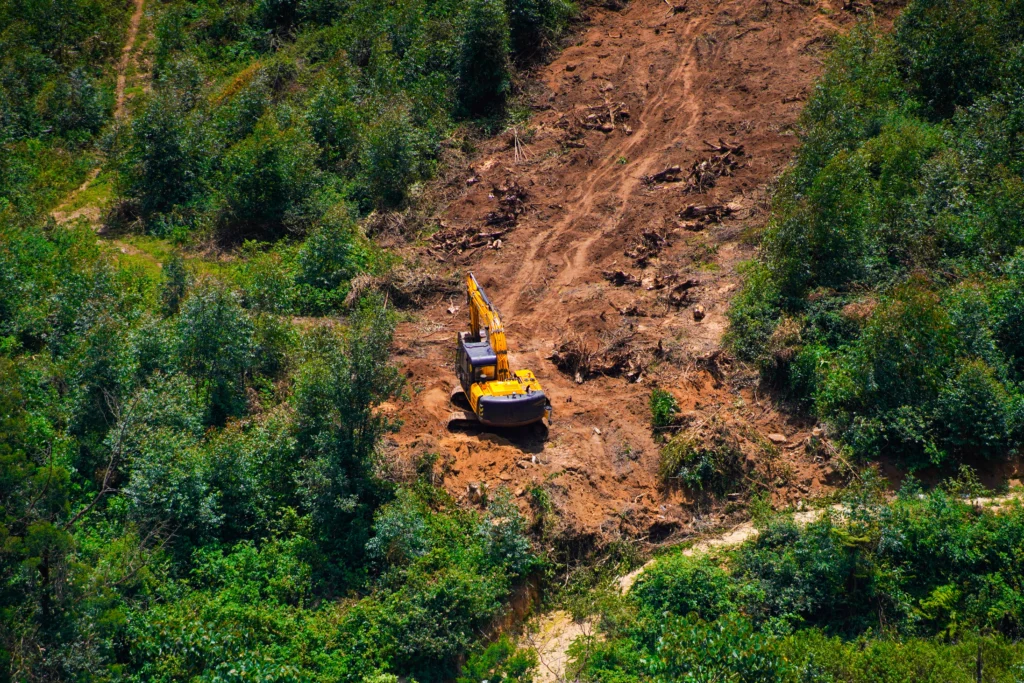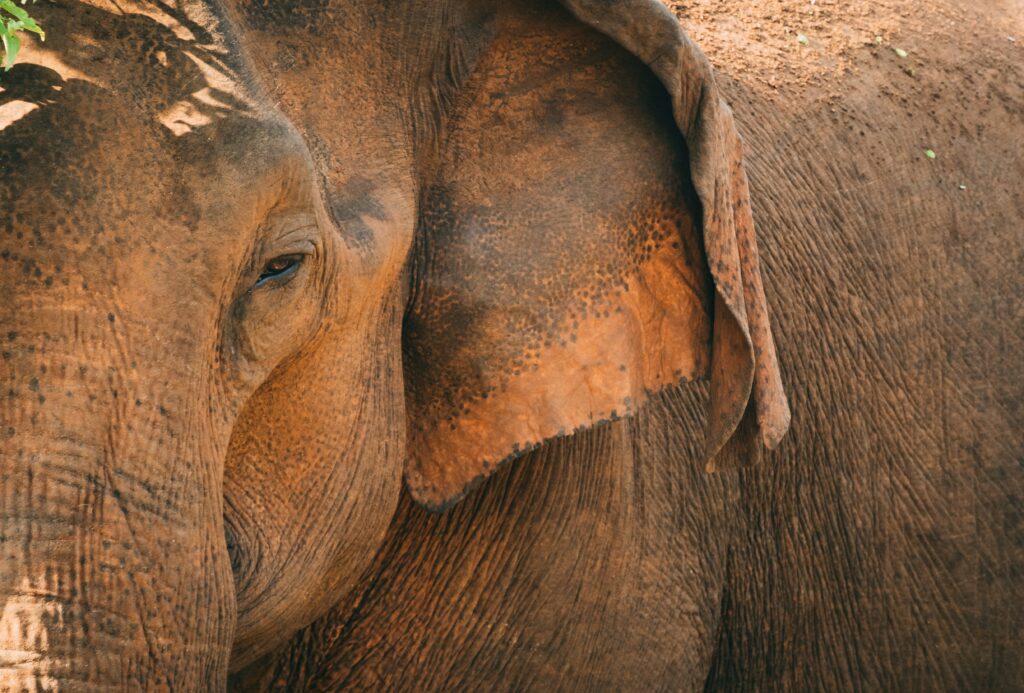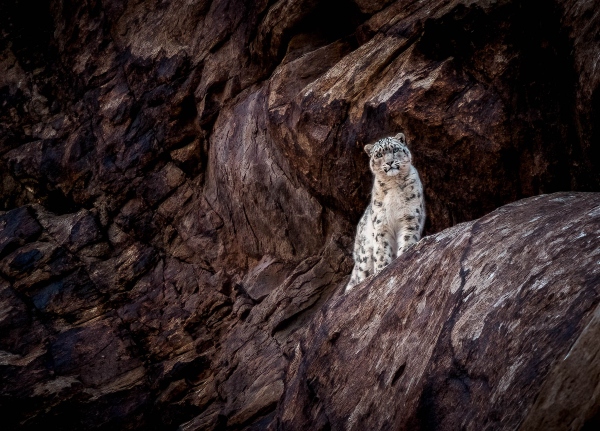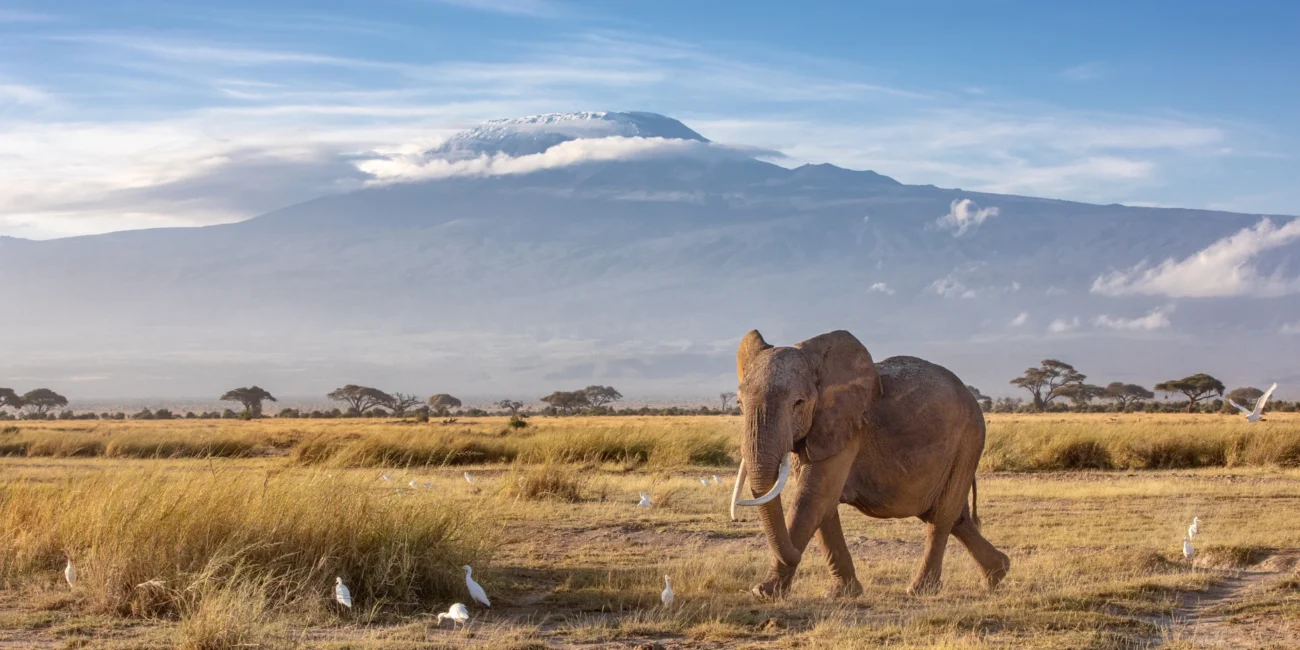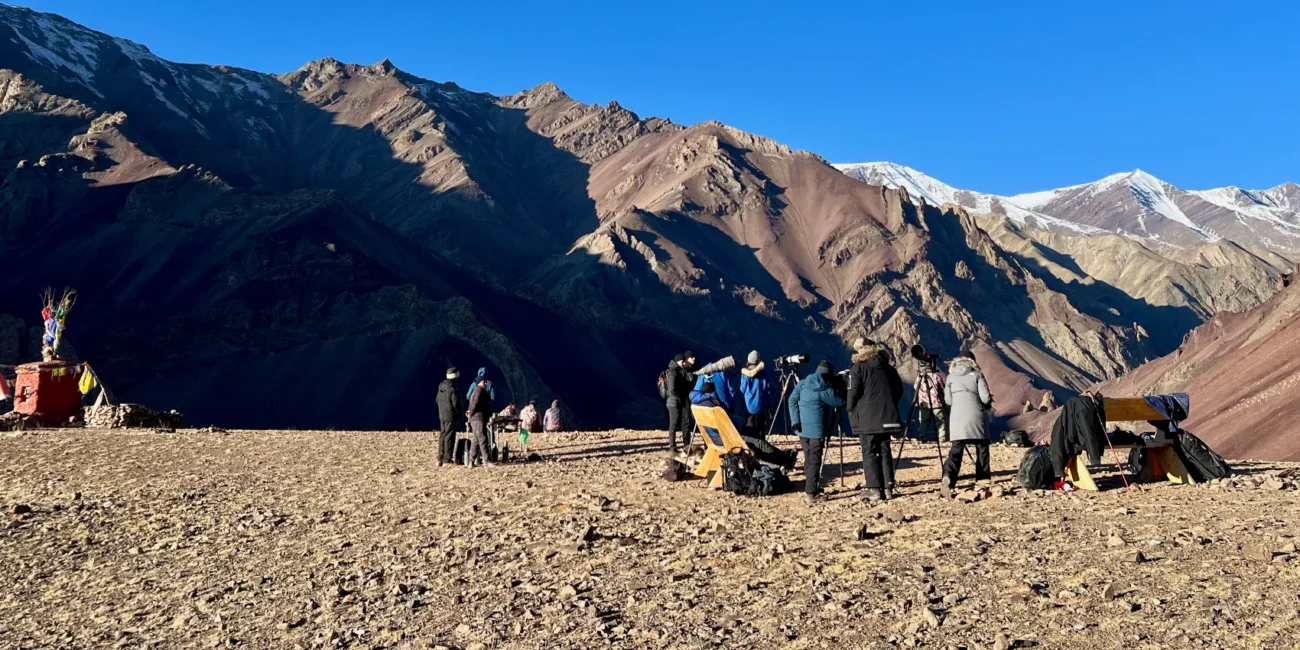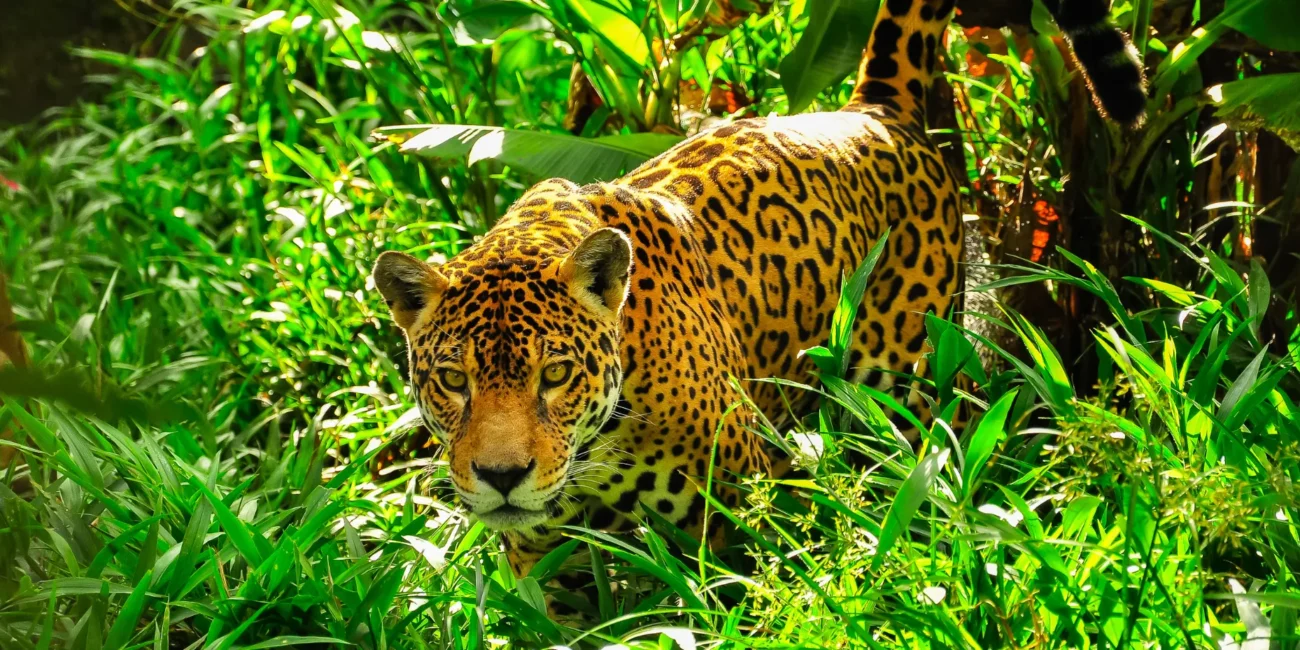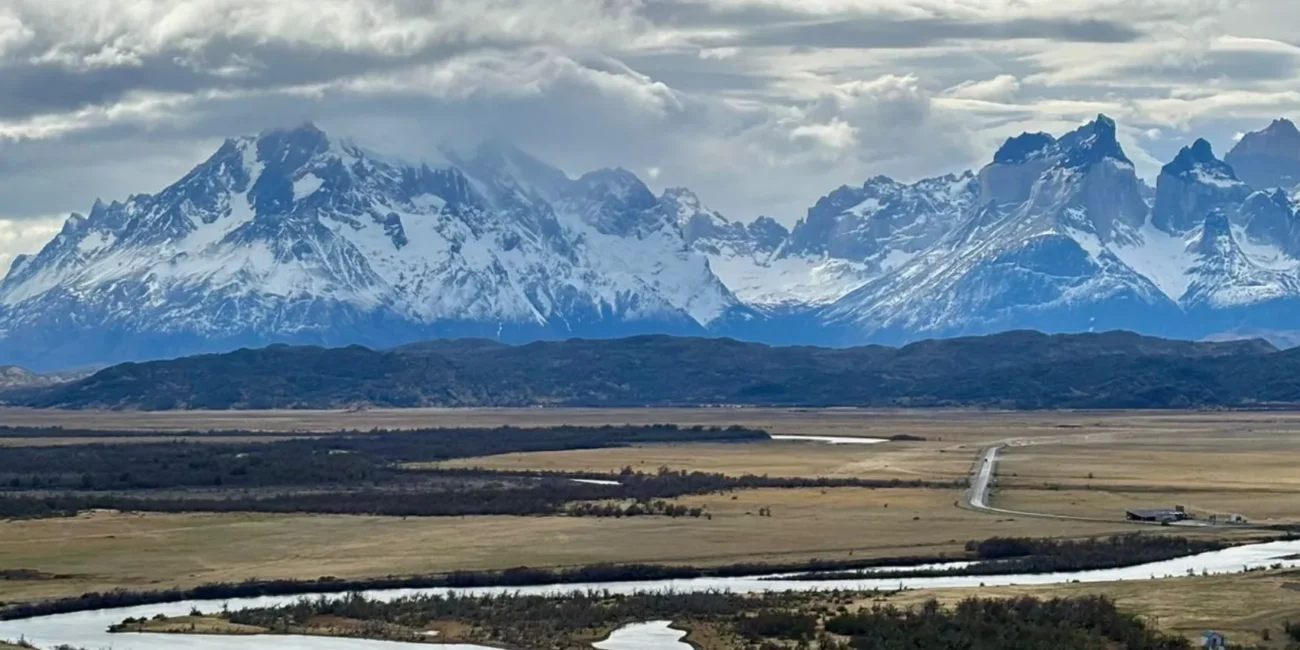In the thin air of the Himalayas, a snow leopard presses its wide paws into fresh powder, vanishing between the ridgelines like breath on glass. In the emerald forests of Sumatra, a mother orangutan swings effortlessly through the canopy with her infant clinging to her. And in the steaming lowlands of Java, the world’s last wild rhinos move silently through dense jungle, unseen by most.
Asia is home to some of Earth’s rarest wildlife – creatures finely adapted to mountains, mangroves and monsoon forests. Yet many now teeter on the edge. Habitat is vanishing. Poachers strike in the dark. Climate extremes are changing the rules of survival.
Still, this is not a story of decline alone. From Ladakh to Sumatra’s rainforests, people are fighting to protect what remains. Local trackers, species champions and frontline conservationists are proving that recovery is still within reach if the world pays attention.
In this blog, we spotlight five of Asia’s most endangered species, the forces threatening them and the bold efforts underway to save them.
Rare Wildlife Under Threat
Asia’s most threatened animals endure in places few ever reach – mist-laced jungles, volcanic foothills and along the last wild rivers. Here, some of our rarest creatures cling to survival, their futures uncertain but not yet lost. Though each of these species faces a different path to survival, the same forces are closing in around them.
Snow Leopard
Snow leopards have adapted to one of the world’s harshest environments, and yet an estimated 4,000 to 6,500 individuals remain across the high mountains of Bhutan, India and Nepal. Poaching and retaliation killings are the main threats: herders may kill snow leopards when they lose livestock, while others hunt them for their pelts and bones. Additionally, climate change is shifting prey distributions and altering snow leopard habitats, adding further pressure on their survival.
Encouragingly, transboundary conservation initiatives among Bhutan, India and Nepal are strengthening protection efforts by promoting habitat connectivity and coordinating anti-poaching patrols. Local solutions include:
- predator-proof corrals that protect livestock
- insurance schemes that ease economic loss
- education programmes that build community pride
- cross-border efforts that protect key habitats
Some populations have stabilised. What once seemed impossible is now within reach.
Sumatran Orangutan
The Sumatran orangutan, found only in northern Sumatra, Indonesia, is Critically Endangered, with fewer than 14,000 individuals estimated to remain. Forest clearance for palm oil plantations and agriculture has fragmented its habitat and isolated populations. The species also faces threats from:
- illegal pet trade
- human-wildlife conflict
- hunting
Conservation teams are actively restoring habitats, rescuing injured orangutans and pushing for more ethical palm oil production. In protected areas like Gunung Leuser National Park, their efforts are helping populations hold on in the wild.
Javan Rhinoceros
There is only one place where the Javan rhino survives – Ujung Kulon National Park. Years of poaching have left fewer than 80 individuals remaining, but natural disasters like tsunamis and volcanic eruptions now pose the most significant risk. The small population size also raises risks of disease outbreaks and inbreeding depression due to low genetic diversity. Efforts to mitigate this include:
- intensive patrolling to prevent poaching
- habitat management inside Ujung Kulon
- calls to create a second secure population
Although strong protection has ended poaching, the species is still at risk. A new habitat is urgently needed to secure its future.
Indochinese Leopard
Cambodia’s forests may hold just 20 to 30 breeding adult Indochinese leopards, a population severely threatened by poaching and habitat loss. The species is struggling because:
- poachers hunt them for their pelts and bones
- farmers hunt them to protect their livestock
- humans clear forests for farmland and logging
The vital work of conservation teams, who focus on restoring habitats, enhancing anti-poaching patrols and collaborating with local communities to alter perceptions of these predators has prevented this leopard subspecies from disappearing altogether. However, logging, agricultural expansion and weak enforcement remain ongoing problems.
White-bellied Heron
The white-bellied heron inhabits rivers in Bhutan and northeastern India. Fewer than 250 mature birds remain, with its habitat shrinking due to:
- hydropower projects changing river flow
- deforestation removing nesting trees
- human activity disturbing feeding grounds
Conservationists are protecting key sites through community-based monitoring and habitat restoration projects, often supported by organisations such as BirdLife International. These efforts aim to safeguard both the heron and the free-flowing rivers that sustain entire ecosystems and local communities.
What’s Driving the Crisis?
The threats facing Asia’s endangered species are not new, but the pressures of human expansion, trade and climate change loom. To protect what remains, we must first understand what’s pushing these animals to the edge.
Habitat Loss and Degradation
Humans are clearing Asia’s forests, wetlands and mountain ecosystems at an alarming rate. In the Himalayas, fuelwood harvesting, livestock grazing and infrastructure development have degraded over 75% of original habitat. In Southeast Asia, some of the highest deforestation rates globally have replaced vast tracts of old-growth forest with plantations, settlements and roads. This fragmentation:
- isolates animal populations
- reduces breeding success
- increases extinction risk
Many species live outside protected areas, which cover only about 13% of Asia’s land, leaving them vulnerable to habitat loss from expanding agriculture and development.
Poaching and the Illegal Wildlife Trade
Poachers hunt snow leopards, rhinos, pangolins, leopards and other species to supply illegal markets driven by demand for traditional medicine and luxury goods. Pangolins are the most trafficked mammals worldwide, with Asia as a major source and consumer region. Effective protection requires:
- strong local law enforcement
- cross-border cooperation to disrupt trafficking networks
- global efforts to reduce consumer demand
Without these, poaching continues unabated, threatening the survival of many species.
Human-Wildlife Conflict
When predators kill livestock, people often kill in return. This conflict affects communities from the high Himalayas to Southeast Asian jungles. Solutions that work include:
- building predator-proof corrals to protect livestock
- offering fair compensation for losses
- community education and involvement
Addressing HWC requires long-term, adaptive strategies that balance human needs with wildlife conservation. Coexistence becomes possible when communities are empowered and supported.
Climate Change
Climate change alters habitats and food availability. Shifting temperatures and rainfall patterns cause:
- prey species to move to higher elevations, shrinking habitats
- forests to become drier and more vulnerable to fires and pests
- rivers and wetlands to experience altered flow regimes due to changing precipitation and glacial melt
Floods, droughts and other forms of extreme weather also threaten fragile ecosystems, amplifying the risk of extinction for many species.
Conservation in Action
The Asian Species Programme
The Asian Species Programme, led by Synchronicity Earth, supports targeted conservation of Asia’s most threatened and often overlooked species in Indonesia, Vietnam and the Philippines. This biodiversity hotspot is facing a severe extinction crisis, with nearly 30% of its mammal species threatened due to habitat loss, hunting and illegal trade. The programme focuses on:
- training and building capacity for local conservation teams
- funding species-specific projects, including work on pangolins and crocodiles
- empowering ‘species champions’ who combine scientific expertise with deep local knowledge
- mobilising long-term resources to reverse declines
By placing resources in the hands of those closest to the problem, the programme fosters sustainable, locally led conservation efforts that address threats holistically.
Community-led Change
Local communities are increasingly vital protectors of wildlife. In the Philippines, for example, the Mabuwaya Foundation has transformed attitudes toward crocodiles through education and outreach. Similar community-led initiatives across Asia focus on big cats, pangolins and other species.
Education and coexistence strategies help communities appreciate the ecological and economic benefits of wildlife, reducing conflict and promoting stewardship. These initiatives often include:
- awareness campaigns and school outreach
- training in sustainable livelihoods that reduce pressure on natural resources
- development of alternative income sources linked to conservation
Such grassroots efforts empower local people, making conservation an integral and sustainable part of daily life.
Snow Leopard Protection and the HAHF
The High Asia Habitat Fund (HAHF) exemplifies a successful model that links snow leopard conservation with community wellbeing across Bhutan, India and Nepal. This initiative integrates:
- eco-tourism ventures that provide alternative income for local communities
- predator-proof corrals that reduce livestock losses and retaliatory killings
- education and wildlife monitoring programmes
HAHF fosters coexistence and resilience in fragile mountain ecosystems, and its transboundary approach offers a scalable model for conservation in other parts of Asia.
Why It Matters
Endangered species are the threads that hold ecosystems together. Each plays a role, often unseen, in maintaining the balance of forests, rivers and grasslands.
Their presence tells stories older than borders: to lose them is to silence a voice in nature’s chorus. Their protection matters not only for biodiversity but also for the communities that share these places. When species thrive, so too do the landscapes that provide water, food and shelter for people.
And this is where we come in. As travellers, we must walk lightly, listen deeply and support efforts that safeguard the wild. The future of these species depends not only on hope but also on action.
Interested in Helping to Protect Endangered Species While Exploring Asia’s Wild Places?
Journeys With Purpose offers private, conservation-focused adventures to Asia, with tailor-made itineraries built around your passions. We also plan hosted journeys – get in touch with our expert travel specialists today on +44 20 8044 9538 or at connect@journeyswithpurpose.org.
DIG A LITTLE DEEPER
Contribute to Positive Impact on a Hosted Journey.
Connect with Impact Partners around the world during a Private Experience.
